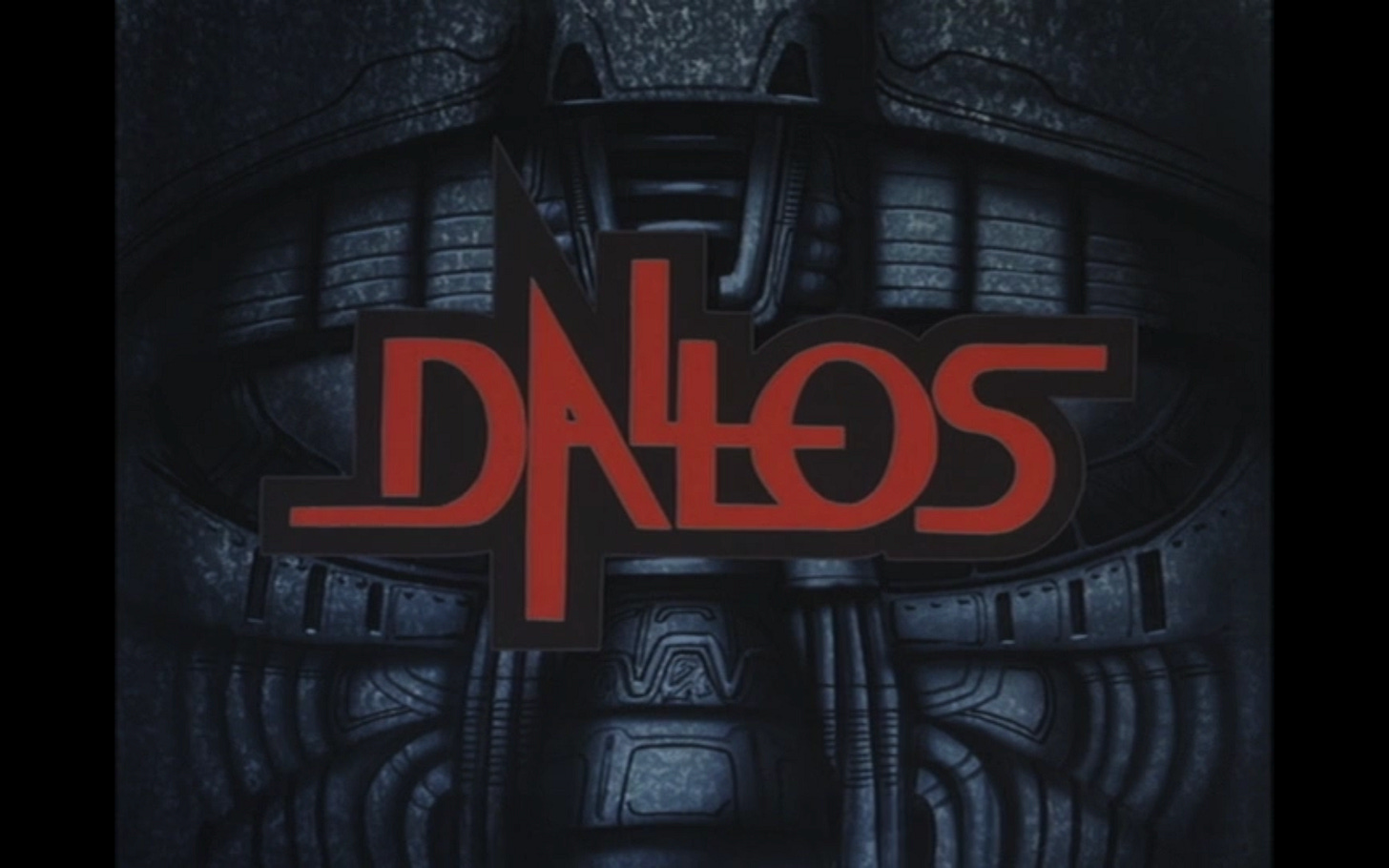In the future, the moon is a mining colony. All the colonists live and work on the dark side of the moon, where there is also a mysterious machine called “Dallos” that is a kind of local god. We are told it sucks to be a colonist because you are referred to by number and when you die your body is chemically destroyed, leaving only a ring that was implanted in your forehead. It’s not really clear that it actually sucks that much. I mean it definitely gets bad later but among Dallos’s various flaws is that it never really gets around to showing what makes living on the moon so dystopian.
Anyway, there are also rebels on the moon, led by a man named Dog. Dog kidnaps the military commander Alex Riger’s fiance, Melinda, as a bargaining chip. There’s a lot of fighting between Alex and the rebels, which involves Alex bombing Dallos in retaliation, but then Dallos a…


